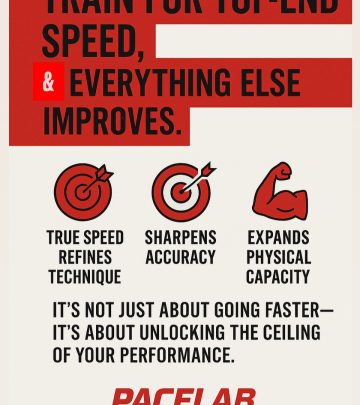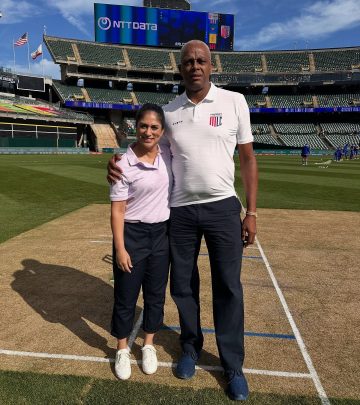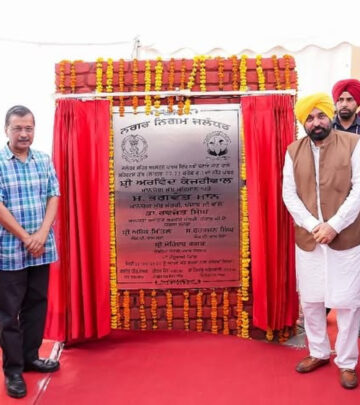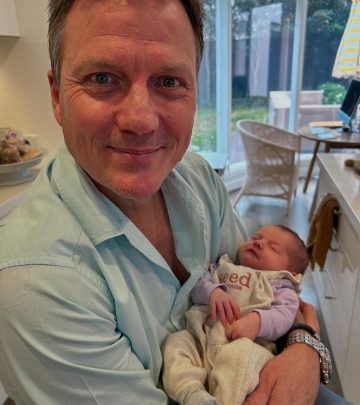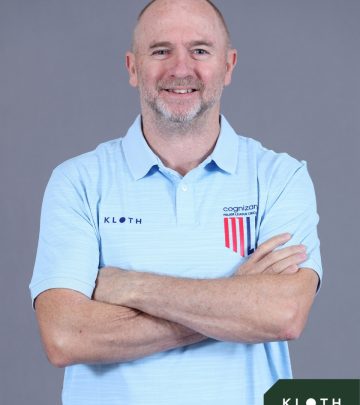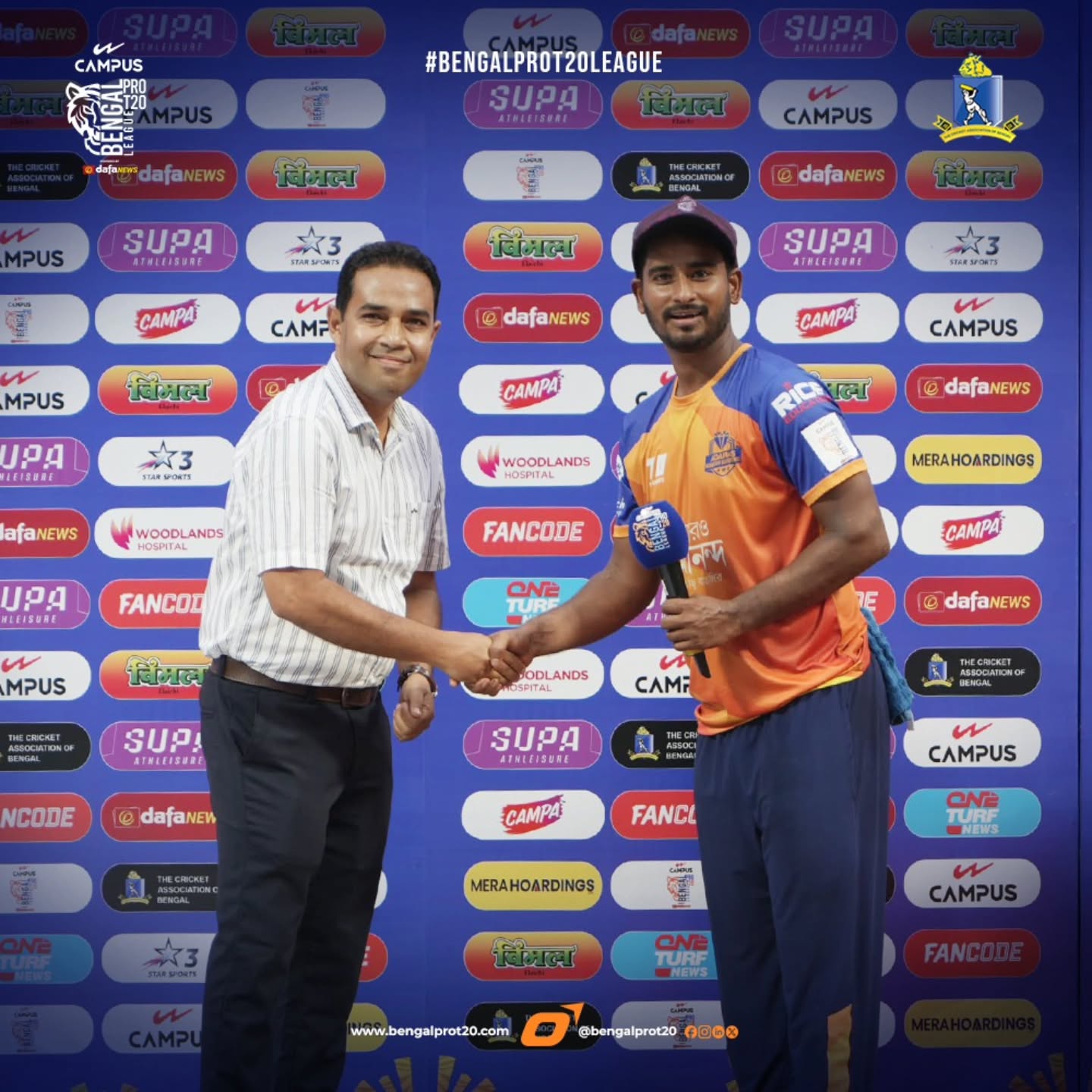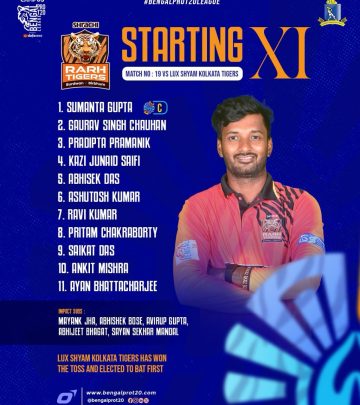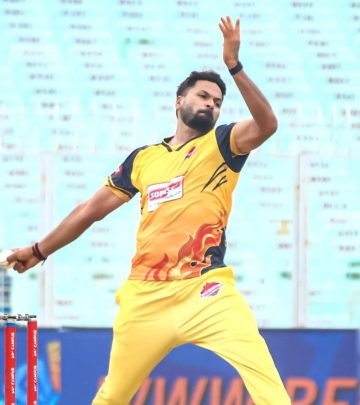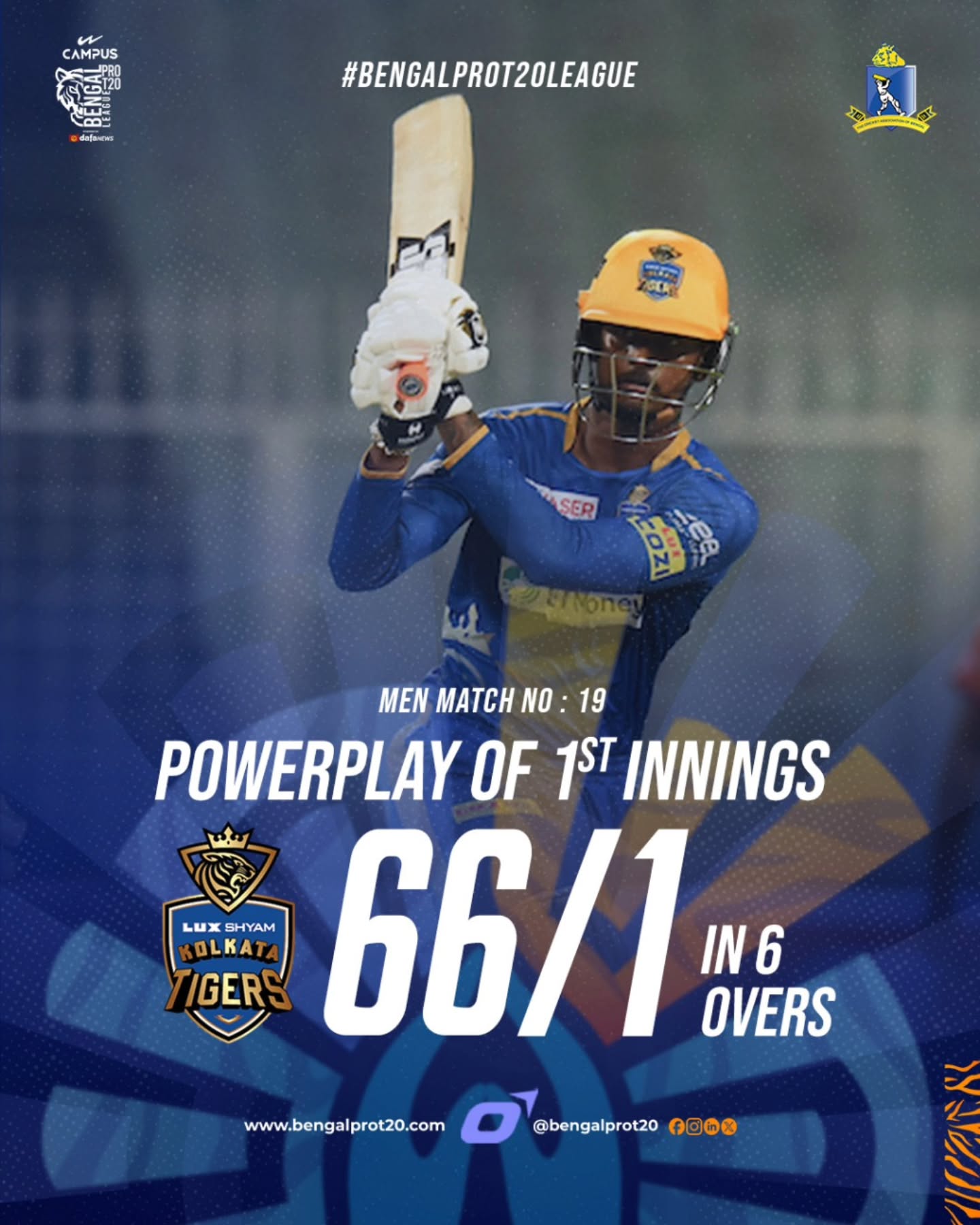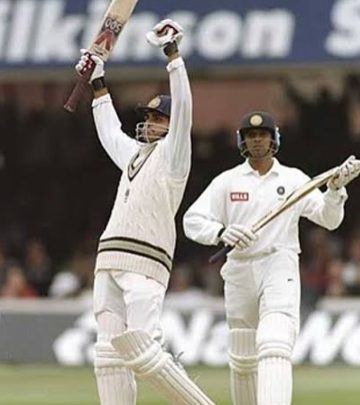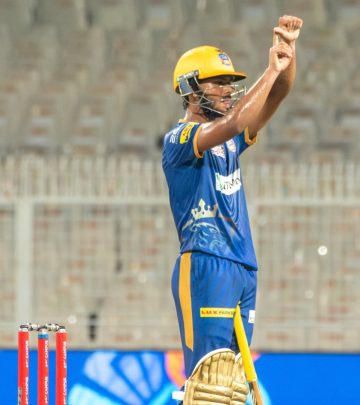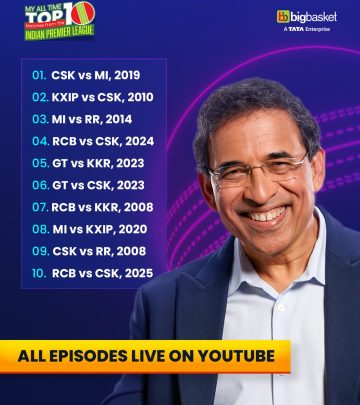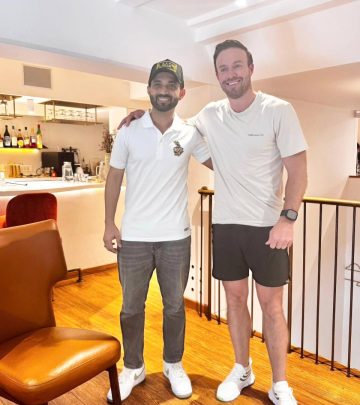Complete ACL Rehab Is Crucial For Long-Term Knee Health
Science-backed strategies to complete your ACL rehab and avoid re-injury risks for success.

Image: Instagram
In the high-stakes arena of athletic performance, returning to sport isn’t as simple as feeling the absence of pain. Many athletes and active individuals, after an ACL reconstruction, mistakenly believe that once discomfort disappears and they’re back to running or lifting, rehab is complete. However, as highlighted by Alan Salgado Espino (@dreamchaserr.__) and echoed across multiple social media channels, the final phase of ACL rehabilitation is where the true battle for long-term knee health is fought. Research by Kyritsis et al. (2016) and Grindem et al. (2016) indicates that premature return to sport without fulfilling all rehabilitation benchmarks more than doubles the risk of re-injury.
The Final Phase: More Than Just Feeling Fine
When pain subsides, many clients decide to cut their rehab short—an error that could cost them dearly on the field. The most crucial phase, spanning roughly nine to twelve months post-surgery, is not just about eliminating discomfort. Instead, it involves regaining full explosive strength, perfecting high-demand movements like cutting and pivoting, and mastering return-to-sport tests such as the single-leg hop and strength symmetry exercises. As Salgado Espino explains, “Rehab isn’t over when the pain is gone—it’s over when your body and brain are both ready to protect that knee under pressure.”
This sentiment is supported by additional coaching insights circulating on platforms like Instagram. One post from a renowned ACL rehabilitation protocol points out that neglecting load tolerance and deep knee flexion during final-stage exercises can lead to underpreparedness for the dynamic stresses of competitive sport. Such deficiencies not only diminish performance but also set the stage for chronic instability and additional injuries.
Building Explosive Strength And Movement Mastery
At the heart of the final stage of ACL rehab is the restoration of explosive power. The ability to cut, pivot, and land with precision can make the difference between a safe return and a potentially career-threatening mishap. Recent studies have demonstrated that specifically training for these movements by integrating exercises such as split squats, deep goblet squats, and isometric holds at full bend is paramount. These exercises help bridge the gap between a sensation of recovery and actual functional readiness.
Moreover, addressing mental readiness is as important as physical preparation. The psychological hurdle—fear of re-injury—is often overlooked. Athletes must rebuild not only their strength but also their confidence in their knee’s stability. This balanced approach between physical conditioning and neuromuscular re-training forms the cornerstone of a successful return to sport.
Risk Of Re-injury: The Hidden Cost Of Stopping Early
A striking statistic shared across several posts is that most clients stop their rehabilitation programs too soon. With reports suggesting that nearly 70% of athletes drop out or fail to meet full return-to-sport criteria, the risks become all the more severe. The consequence? Weak quadriceps, diminished neuromuscular control, and ultimately, a re-tear that sets the athlete back even further. Many trainers and physical therapists stress that achieving full strength symmetry, and comprehensive neuromuscular control, should be non-negotiable benchmarks before athletes resume high-level activities.
Integrating Comprehensive Science-backed Strategies
In-depth research from multiple sources reiterates the importance of evidence-based rehabilitation protocols. As one expert post emphasizes, a robust rehab program must incorporate both progressive strengthening and control drills. The focus encompasses not only maximal strength but also muscular endurance in the stabilizing groups surrounding the knee. Innovative training methods, such as corrective exercise routines that include balance drills and reactive neuromuscular training, help elevate the rehabilitation process from merely functional to performance enhancing.
Athletes are encouraged to consider a measured progression in their exercises, ensuring that each phase builds sufficiently on the last. For those caught in the ‘gray zone’ between physical therapy and full return to sport, seeking guidance from a specialist is advised. This is a recurring piece of advice across social media posts, where experts warn against shortcutting the final phase of rehab even if the knee appears to be functioning well.
Practical Takeaways For A Long-term, Successful Recovery
For individuals recovering from ACL reconstruction, the key takeaways are clear:
• The absence of pain does not indicate readiness for a return to high-intensity sports.
• Regaining explosive strength through targeted exercises is integral to safe recovery.
• Neuromuscular control and mental readiness need to be developed concurrently with physical strength.
• A structured, progressively challenging rehabilitation plan is crucial, as rushing the process can lead to severe re-injury.
In summary, while the initial phases of ACL recovery are vital for eliminating pain and restoring basic mobility, the final phase plays an equally critical role in ensuring long-term knee health and athletic success. The combined insights from cutting-edge research and experienced coaches underscore that surgery is merely the starting line. Completing the full spectrum of rehabilitation with diligence and scientific precision is what ultimately allows athletes to safely and confidently return to the game.
Alan Salgado Espino’s message is clear: don’t let the fleeting sense of ‘feeling fine’ be the end of your story. Embrace the final phase with the commitment it requires, and transform your recovery into a foundation for peak performance.
Read full bio of Nisha Bharatan



